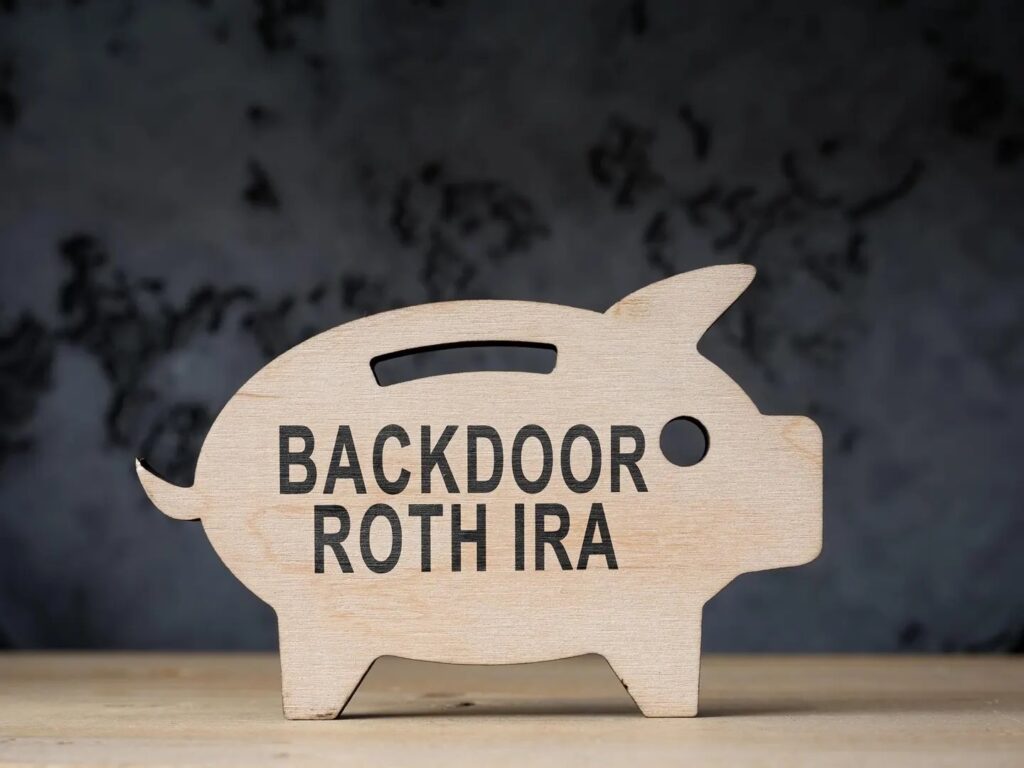As a financial planner who works with high-income millennials, I often get asked about how to make the most of home equity. You’ve worked hard to build equity in your home through mortgage payments and property appreciation, but there’s one problem: how can you access that equity while you’re still living in the home? Normally, it just sits there untapped until you sell. This is where a Home Equity Line of Credit (HELOC) can come in.
What Is a Home Equity Line of Credit?
A HELOC is a revolving line of credit secured by your home that allows you to borrow against your home’s equity as needed. Think of it as a credit card with your house as collateral, but with much better interest rates.
Your home equity is the difference between your home’s current market value and the amount you still owe on your mortgage. For example, if your home is worth $500,000 and you owe $300,000 on your mortgage, you have $200,000 in home equity.
How Does a HELOC Work?
Borrowing Limits
Many lenders will allow you to borrow up to 85% of your home’s value, minus the amount you still owe on your mortgage. In addition to this, many prefer to see you have a credit score of 620 or higher, and a debt-to-income ratio below 43% to approve you for a HELOC.
Using our previous example:
- Home value: $500,000
- 85% of home value: $425,000
- Remaining mortgage: $300,000
- Potential HELOC limit: $125,000 ($425,000 – $300,000)
The Two Periods of a HELOC
A HELOC typically has two distinct phases:
- Draw Period: This is usually 10 years, during which you can borrow from your credit line as needed. During this phase, you typically only need to make interest payments on the amount you’ve borrowed. As you repay the principal, that amount becomes available to borrow again.
- Repayment Period: After the draw period ends (often followed by a 20-year repayment period), you can no longer borrow against the credit line, and the minimum monthly payments include both principal and interest. This means your payments will likely increase during this phase.
Interest Rates
HELOC rates are typically variable (meaning they fluctuate over time) and they are based on the economic factors like the prime rate plus a margin determined by your lender. The prime rate fluctuates based on the Federal Reserve’s decisions on the federal funds rate.
Accessing Your Funds
Once approved, you can access your HELOC funds in several ways:
- Writing checks from your HELOC account
- Using a dedicated HELOC credit card
- Transferring funds to your checking account
Benefits of a HELOC
1. Flexibility
Unlike a traditional home equity loan that provides a lump sum, a HELOC allows you to borrow only what you need when you need it. This flexibility can be useful for ongoing expenses like home renovations or education costs.
2. Potentially Lower Interest Rates
HELOCs typically offer lower interest rates than credit cards, personal loans, and other unsecured debt options because they’re secured by your home. This can make them an attractive option to consider for debt consolidation.
3. Interest-Only Payments During Draw Period
During the draw period, you may have the option to make interest-only payments, keeping your monthly obligation lower.
4. Potential Tax Benefits
Interest paid on a HELOC may be tax-deductible if the funds are used for home improvements that substantially improve your home. However, consider consulting with a tax advisor, as tax rules change frequently.
5. Emergency Fund BackupA HELOC can serve as a backup emergency fund for unexpected large expenses, giving you peace of mind knowing you have access to funds if needed.
Potential Drawbacks and Risks
1. Risk of Foreclosure
The biggest risk of a HELOC is that your home serves as collateral. If you can’t make your payments, you could potentially lose your home. This makes it critical to borrow responsibly.
2. Variable Interest Rates
Most HELOCs have variable interest rates, which means your payments could increase if interest rates rise. When the Federal Reserve raises the federal funds rate, the prime rate goes up, and HELOC rates follow. This can make budgeting challenging.
3. Temptation to Overspend
Having easy access to a large credit line can sometimes lead to unnecessary spending. Discipline is essential when using a HELOC.
4. Potential for Negative Equity
If home values decline, you could end up owing more than your home is worth, especially if you’ve borrowed heavily against your equity.
5. Fees and Closing Costs
HELOC closing costs typically range from 2% to 5% of the loan’s total amount, including potential fees for origination, home appraisal, credit report, title search, document preparation, loan recording, and notary services. Some lenders also charge annual fees, though many have eliminated these or offer ways to waive them.
When Should You Consider a HELOC?
A HELOC might be right for you if:
- You need funds for home improvements: Using your home’s equity to increase its value can be a smart financial move, especially since the interest may be tax-deductible when used for this purpose.
- You want to consolidate high-interest debt: If you have significant credit card debt or other high-interest loans, a HELOC could help you save on interest costs.
- You’re facing educational expenses: A HELOC can be a lower-cost alternative to some student loan options.
- You want a safety net for emergencies: Having access to funds without needing to liquidate investments can be valuable during uncertain times.
- You have irregular income: If your income fluctuates (e.g., you’re self-employed or receive commissions), a HELOC can help manage cash flow during lean periods.
Final Thoughts
A HELOC can be a powerful financial tool when used strategically, offering flexibility and potentially lower interest rates than other borrowing options. However, it’s not without risks, particularly the fact that your home serves as collateral.
Before deciding on a HELOC, consider consulting with a financial planner who can help you evaluate whether it aligns with your overall financial strategy and goals. Remember that your home isn’t just a financial asset—it’s where you and your family live. Any decision to leverage it should be made carefully and with a clear plan for how you’ll use and repay the funds.
This information is provided for educational purposes only and is not intended as financial or tax advice. Please consult with a qualified financial advisor and tax professional regarding your specific situation.
CRN202710-8664226


